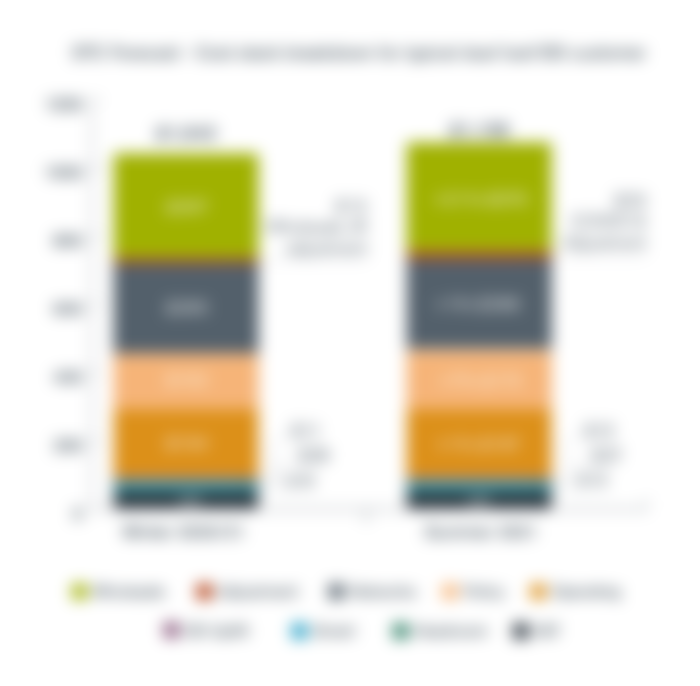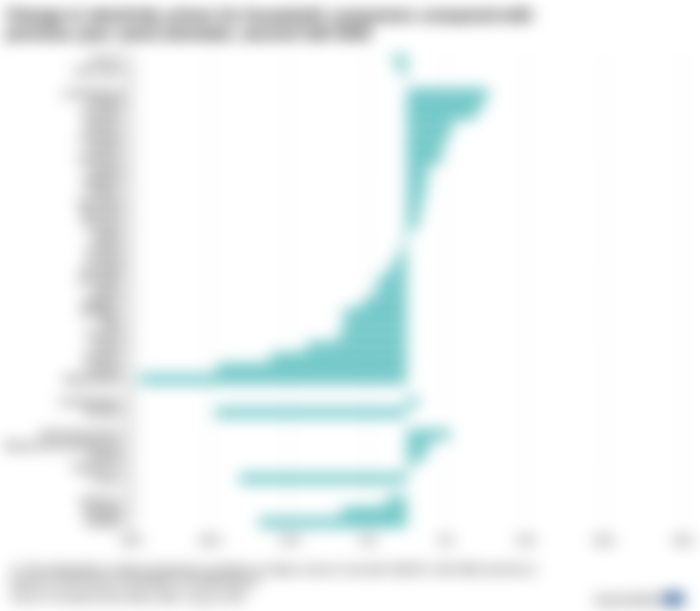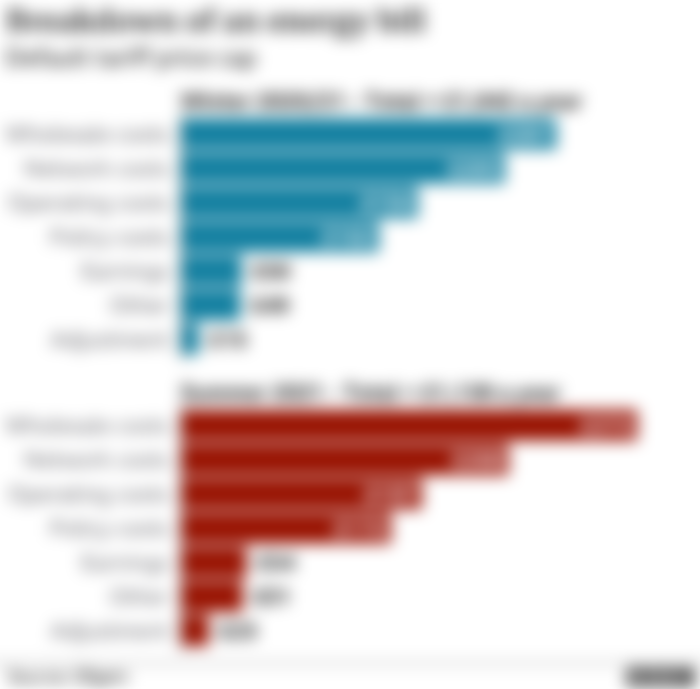Natural gas stocks in Asia and Europe are depleting rapidly due to cold winter conditions and lower than expected spring temperatures.

Factors such as industry and electricity production increased the demand for gas, not only due to weather conditions, but also because the closures implemented within the scope of epidemic measures were replaced by openings. However, it would not be right to attribute the increase in prices only to demand. The increase in carbon prices in Europe also played an important role in the rise of natural gas prices. The prices in question were around $25 per ton in November, now they are over $50. As such, the transition from coal to gas accelerated. In electricity generation in Europe, wind and solar also failed to deliver what was expected. For this reason, gas was loaded and it affected gas prices in some way.

Natural gas demand has increased not only in Europe, but also in Asia, with China overtaking Japan, the world's largest LNG importer, in the past 6 months.
The Tokyo Olympics will begin on July 23. Due to the Olympics, Japan's gas stocking situation is also in question. They take it at any price. As such, you also see competition among importers. When it comes to importing LNG regardless of price, spot LNG prices automatically increase.
In Asia, excess demand LNG from the USA is mostly destined for Europe, this year there is a serious trend towards Asia and affordable LNG is not coming to Europe as expected.


Europe is in a difficult situation in terms of price. LNG prices are rising. Some LNG facilities in Europe, which are considered end-suppliers, have had a reduction in LNG input capacity due to maintenance and breakdowns. In this case, pipe gas is normally loaded, but no more pipe gas can come from Norway. Russia was sending gas at almost full capacity from both Nord Stream and Yamal, it could increase the flow through Ukraine, but it does not want to trump Ukraine, to exceed the normal contract amount. There is a situation between Russia and Ukraine 'trying to prevent North Stream-2, but you want extra gas from me'. There is a geopolitical war. On the other hand, there were problems in gas imports from Libya to Italy in June. There is a contraction in pipe gas and LNG withdrawal capacity, while LNG prices have increased. When this is the case, this is reflected in hub prices. TTF prices in the Netherlands recently hit historical records.
Prices went from $2 to $14
Prices in hubs, known as hubs where pricing takes place: as of July 7, the unit price of natural gas is $10.92 at the UK's NBP centre, $11.19 in TTF and $12.69 in JKM, which is used as an indicator of the Asian spot LNG market.
In these centers, the prices were below 2 dollars in June 2020, and this year it reached up to 14 dollars, bringing very high profits to the sellers.


Gas stocks in Europe are at their lowest level as of the end of June compared to the same period of the last 10 years. At these prices, no one can afford to fill the tanks with gas, they are quite right. Normally, prices should drop in the summer months. Now we are thinking about what will we do in winter, what will the weather be when we come to the situation of drawing gas from the tanks. If the weather is bad and there is not enough gas in the tanks, then there will be a new festival in gas prices. There is a lot of volatility in prices.
Simple question: How will energy costs ( especially electric cost increase ) impact cryptocurrency miners? How will this indirectly affect the BTC, BCH, and other cryptocurrency prices?
Cover page made by me in Canva. Other infographic charts courtesy of BBC, EuroStat, U.S Energy Information Administration and Ofgem.
First posted in read.cash




